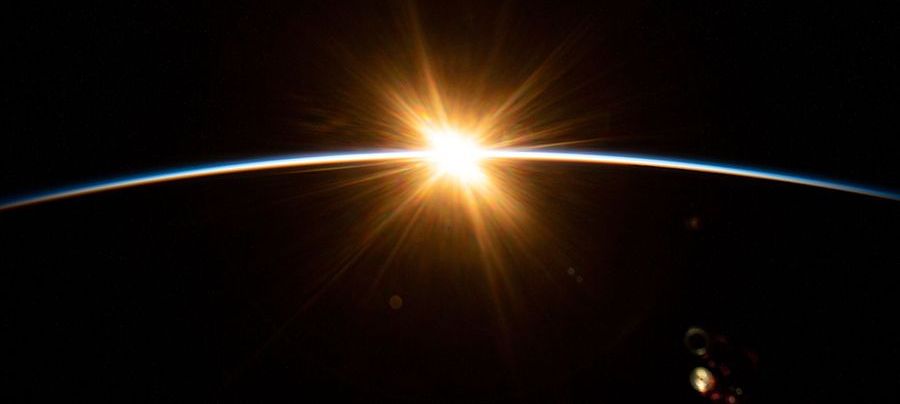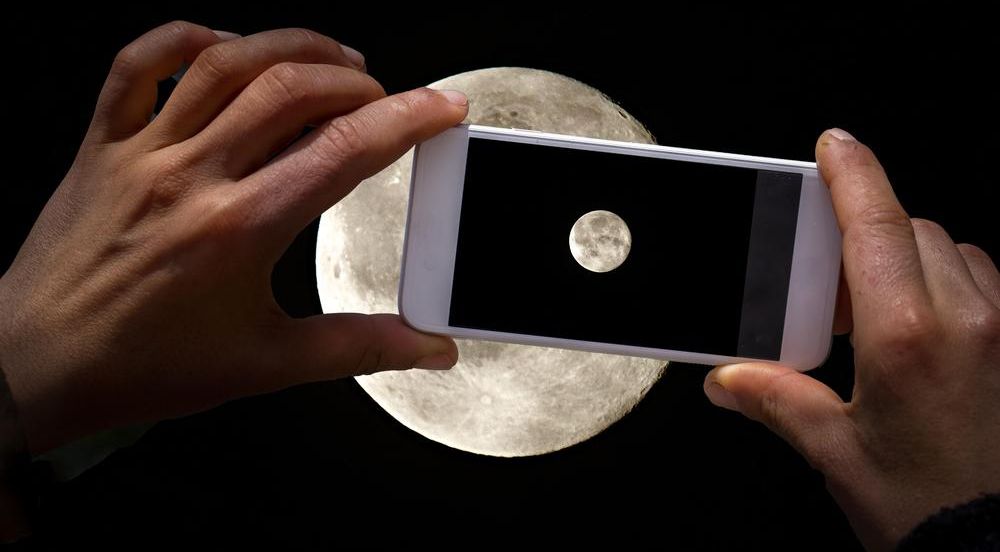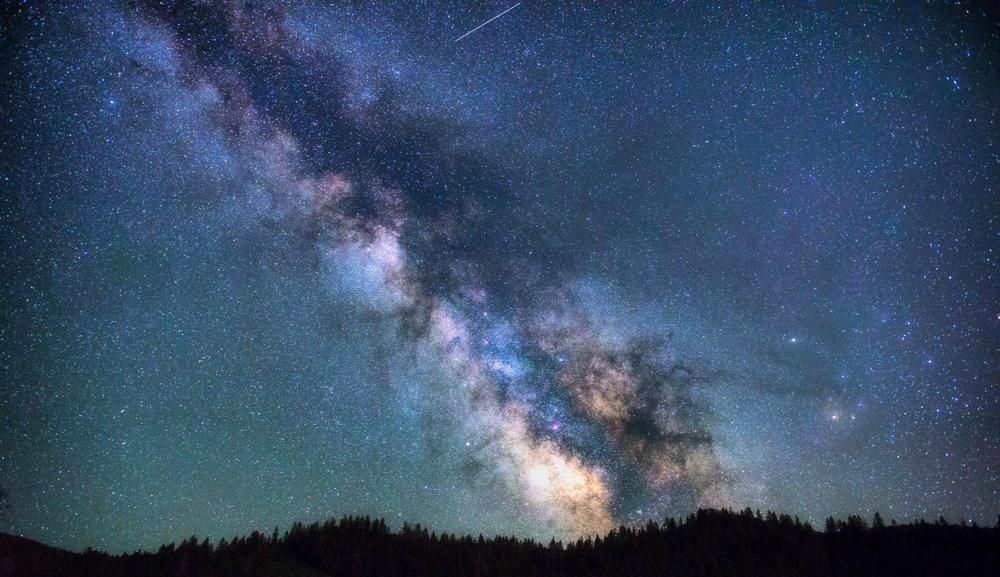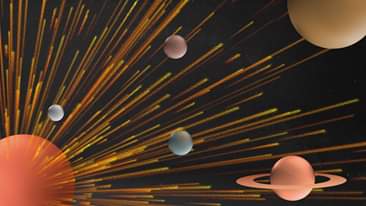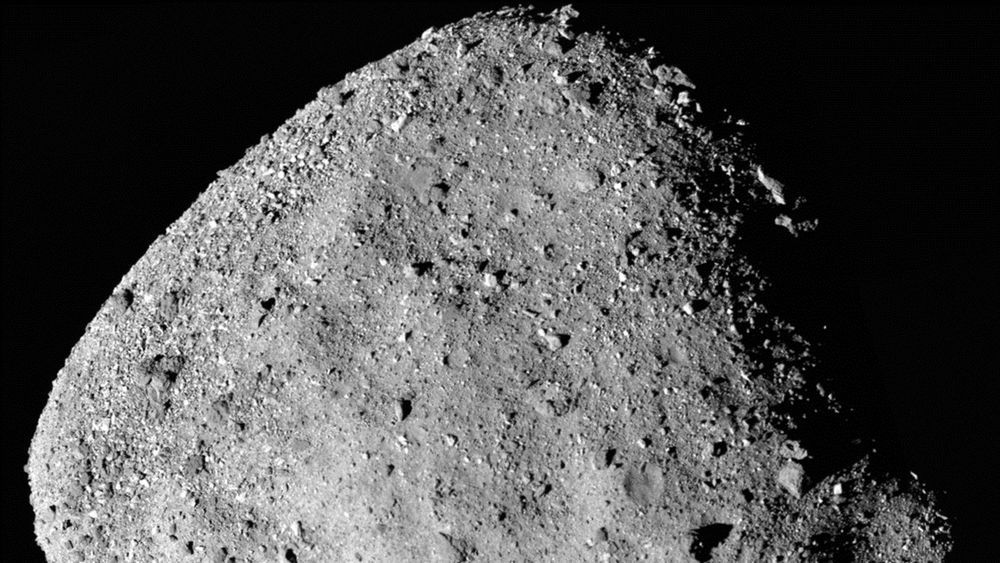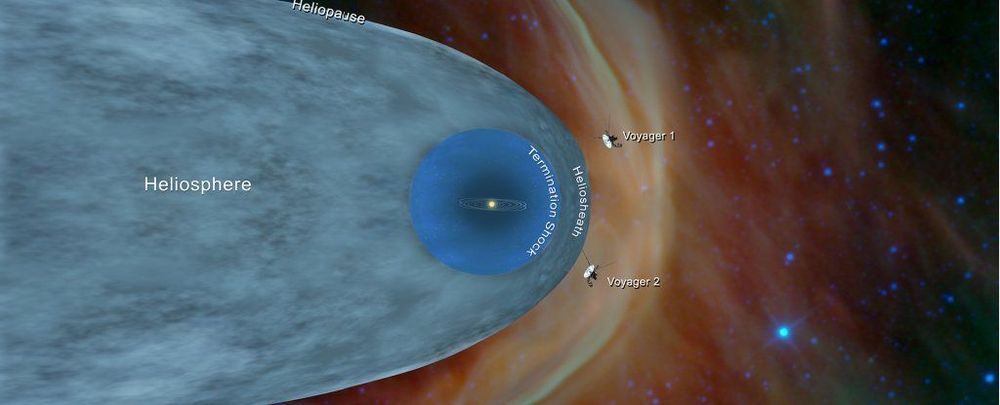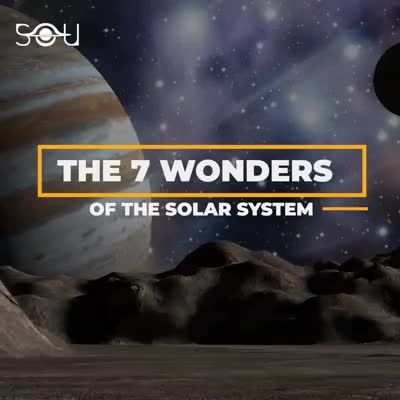The sun’s first rays burst over the Earth’s horizon during an orbital sunrise as the International Space Station orbited above the Indian Ocean southwest of Australia.
Two veteran International Space Station residents will have a Change of Command ceremony on Tuesday before the Expedition 63 crew returns to Earth the following day. Meanwhile, the Russian portion of the crew has temporarily sealed a leak on the orbiting lab.
Commander Chris Cassidy of NASA will hand over control of the space station to cosmonaut Sergey Ryzhikov on Tuesday. The duo will be joined by the rest of their crewmates for the traditional event live on NASA TV starting at 4:15 p.m. EDT.
Cassidy will spend one more night in space with Flight Engineers Anatoly Ivanishin and Ivan Vagner before departing the station on Wednesday inside the Soyuz MS-16 crew ship. They will undock from the Poisk module at 7:32 p.m., re-enter the Earth’s atmosphere just over three hours later and parachute to a landing in Kazakhstan at 10:55 p.m. (Oct. 22, 7:55 a.m. Baikonur time). All the activities will be broadcast live on NASA TV.
